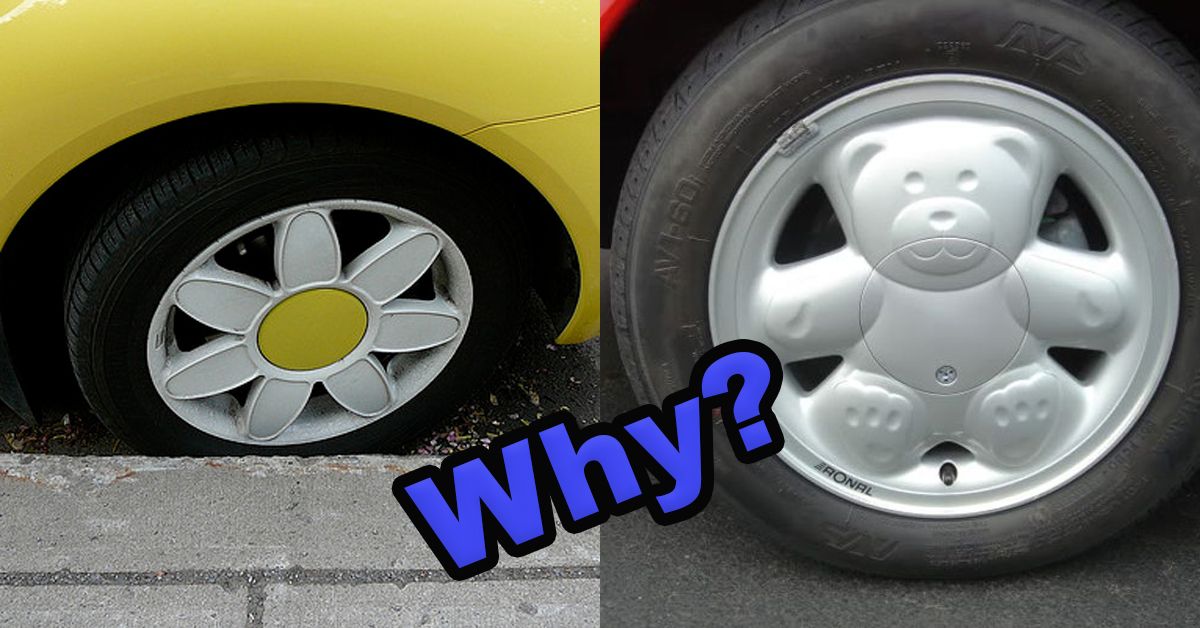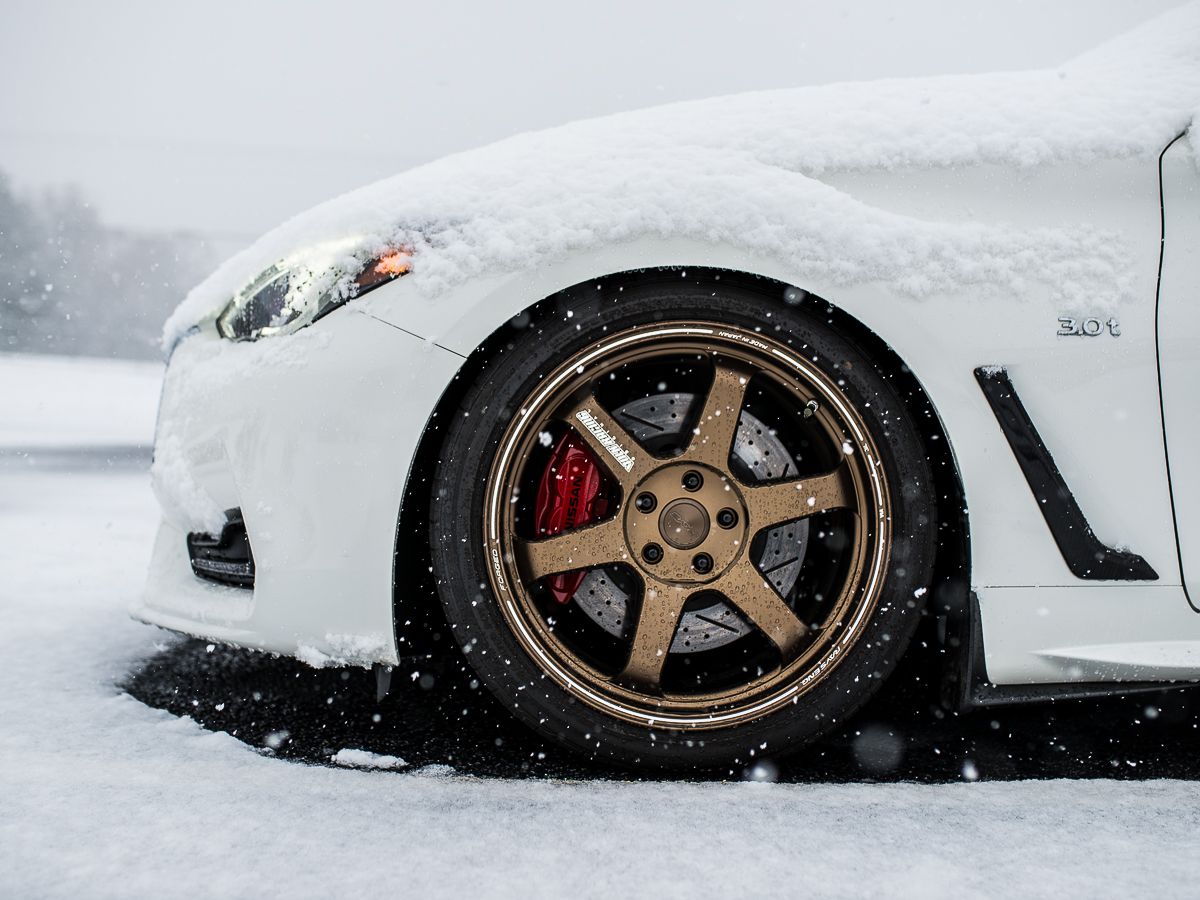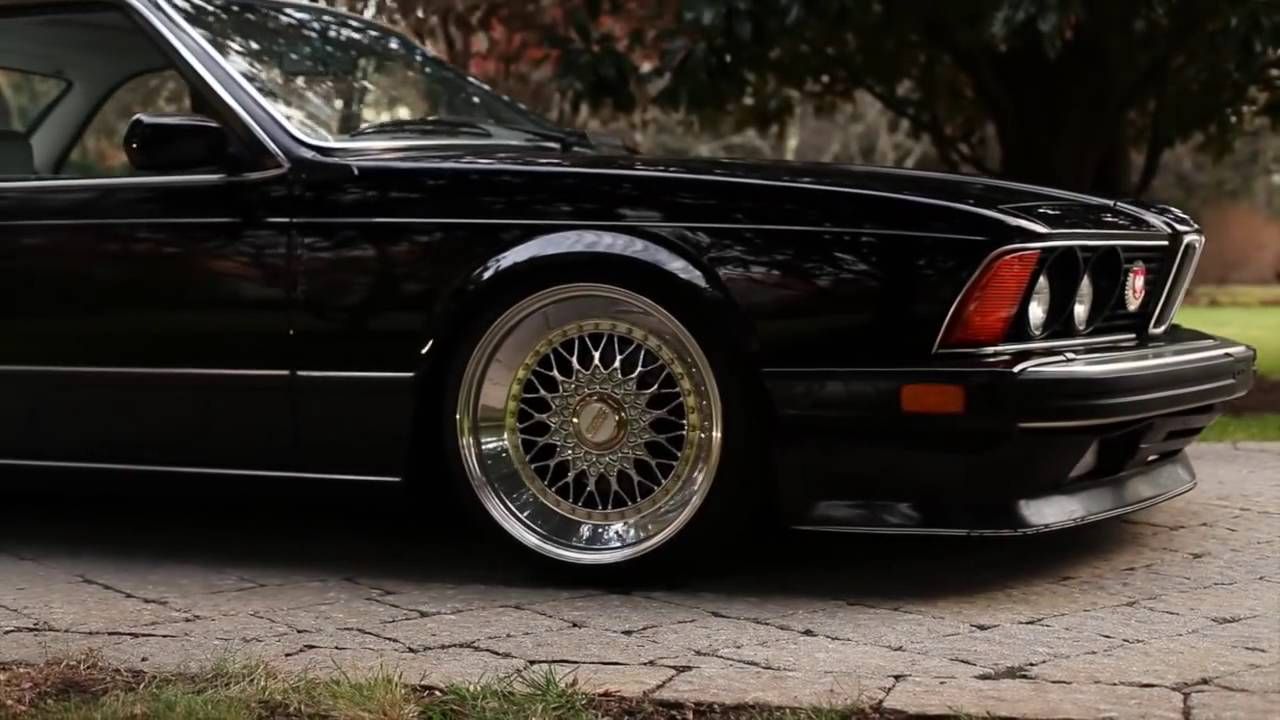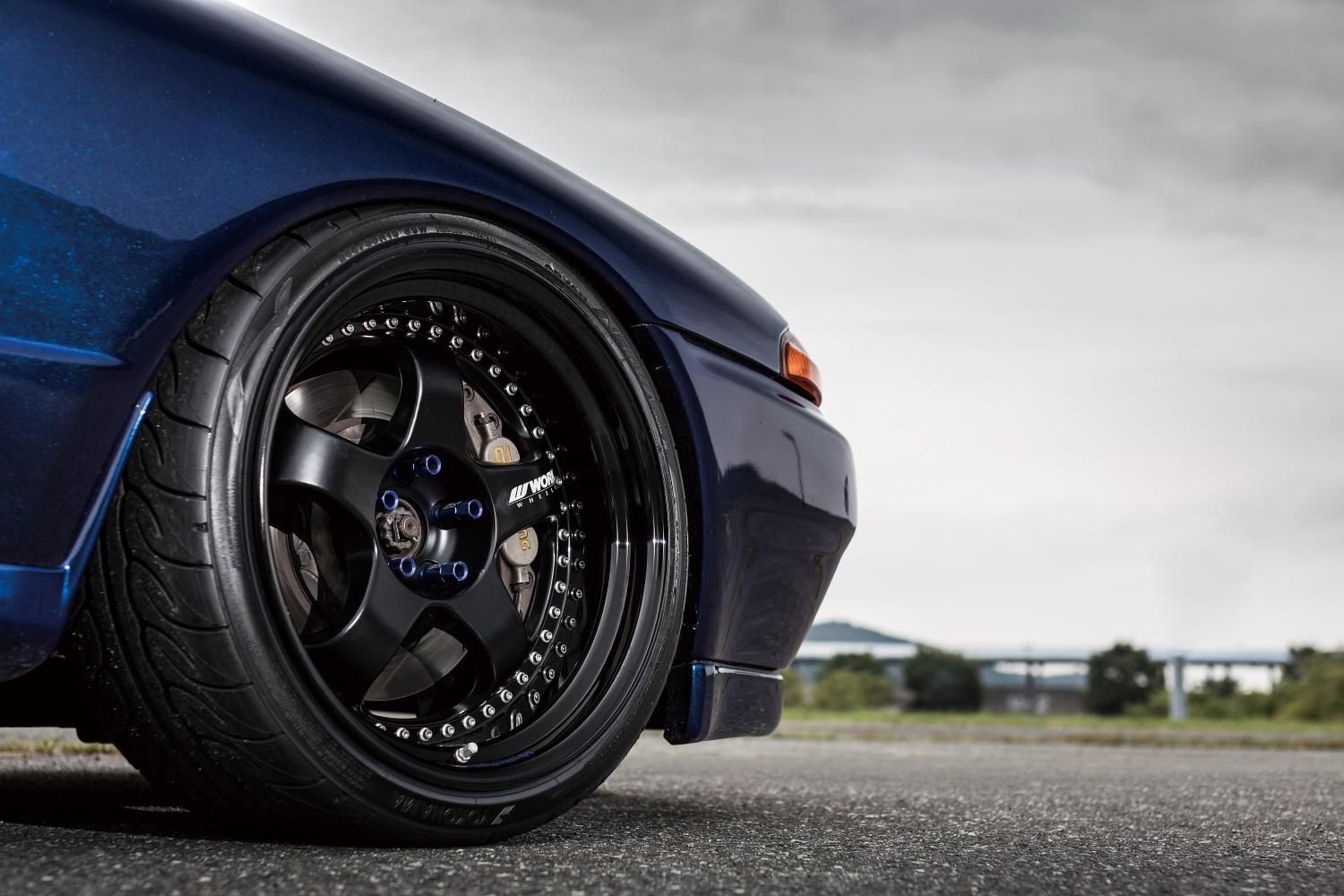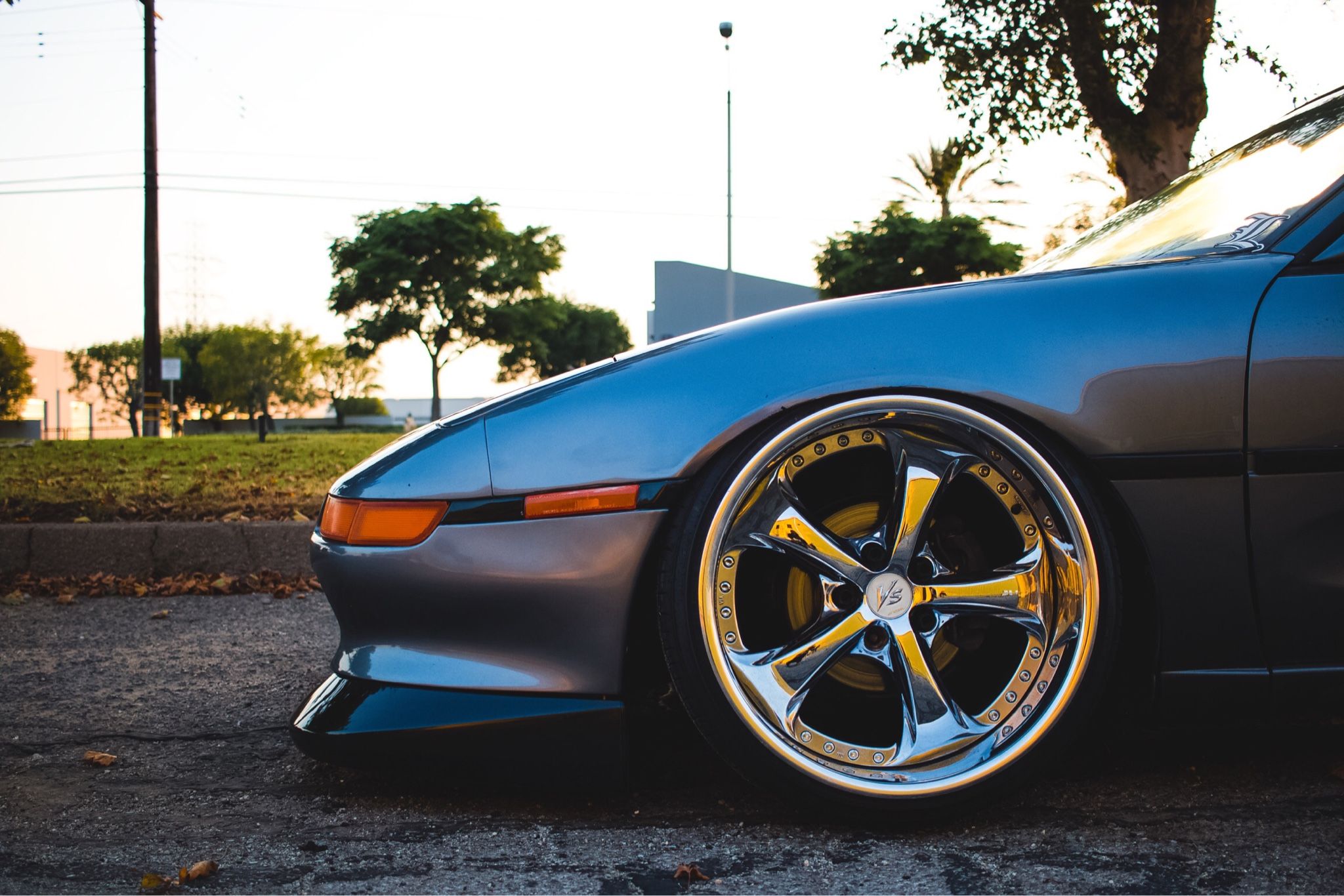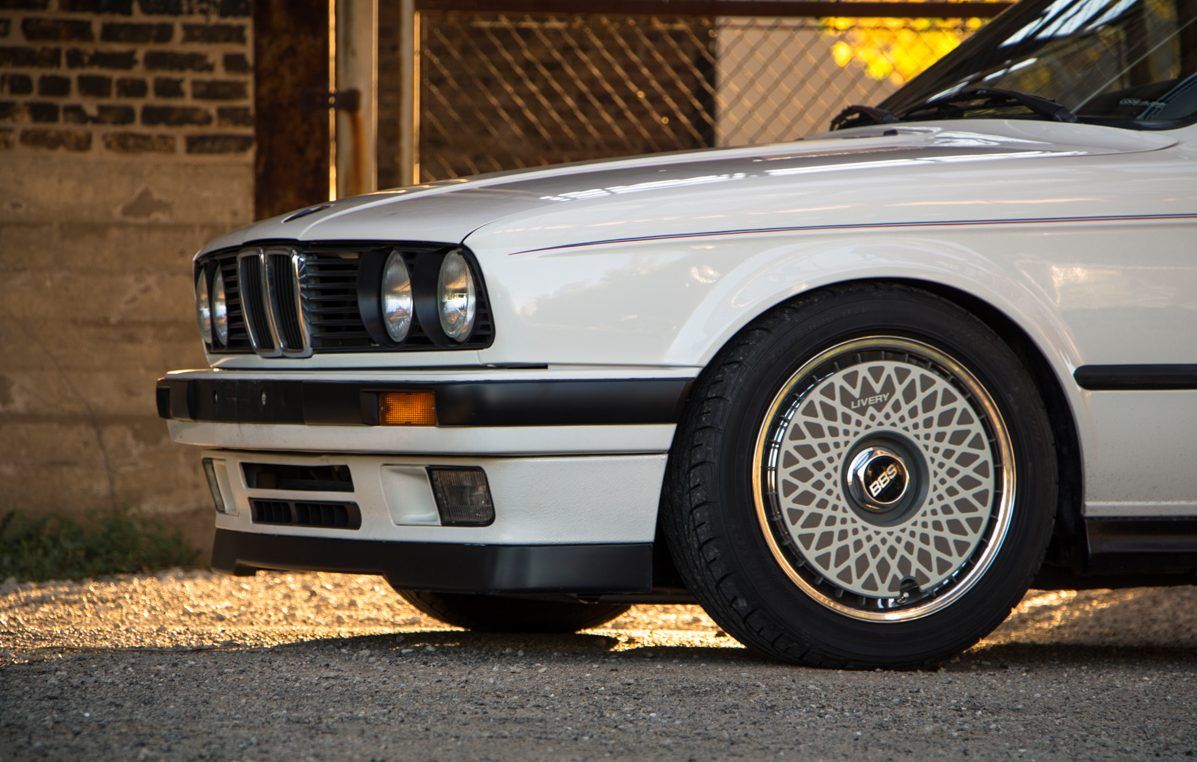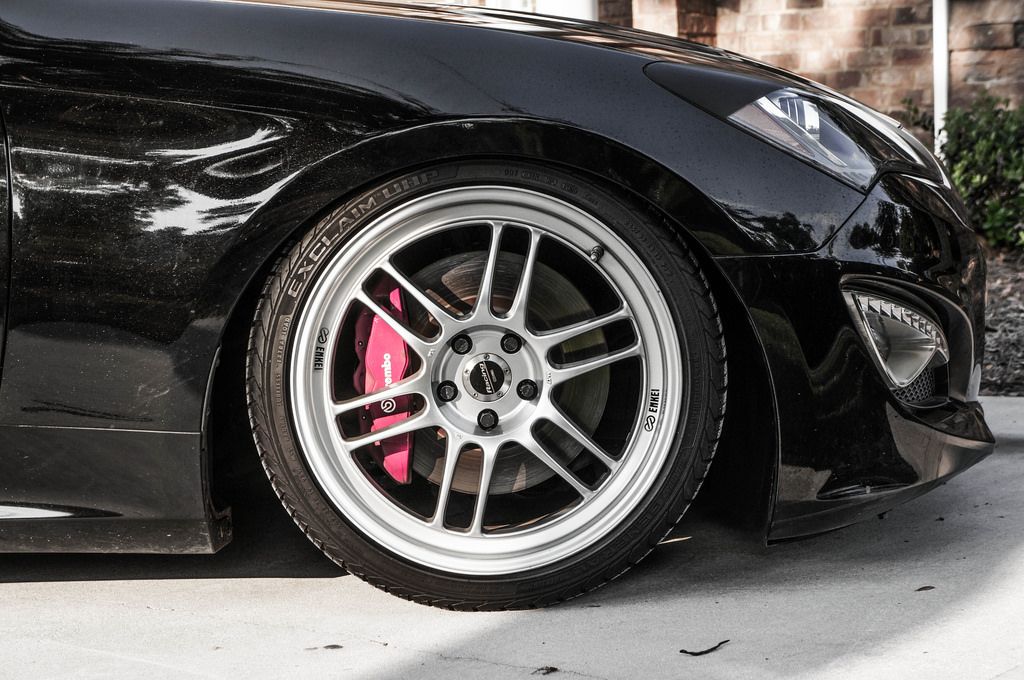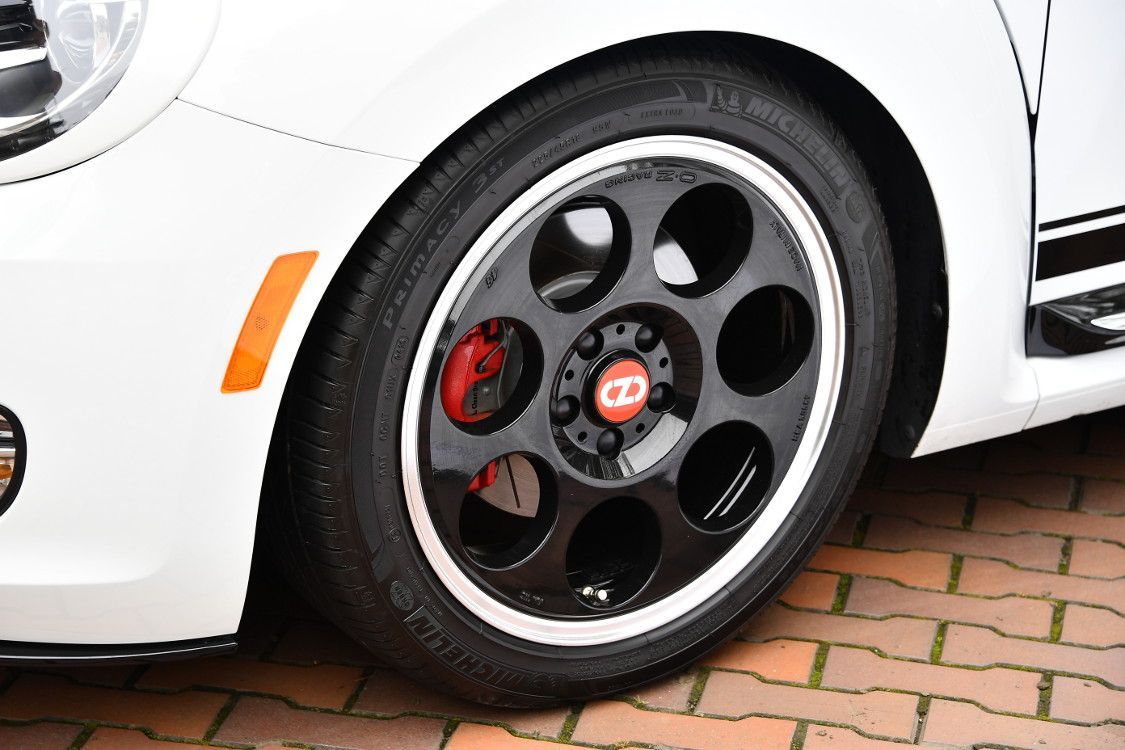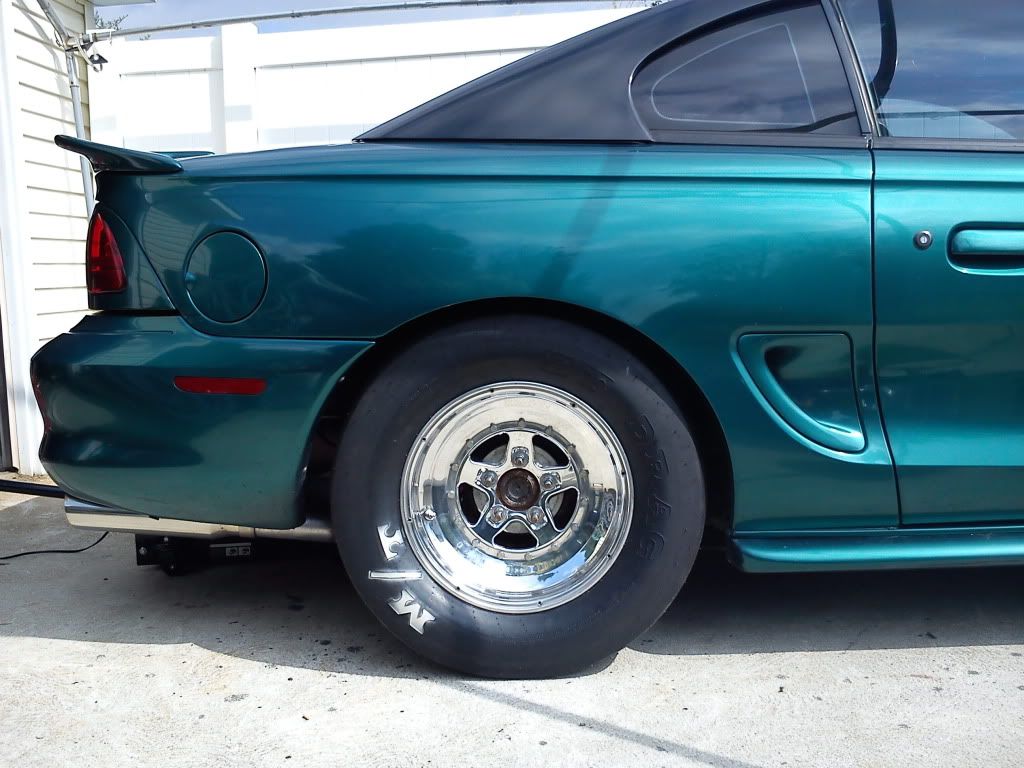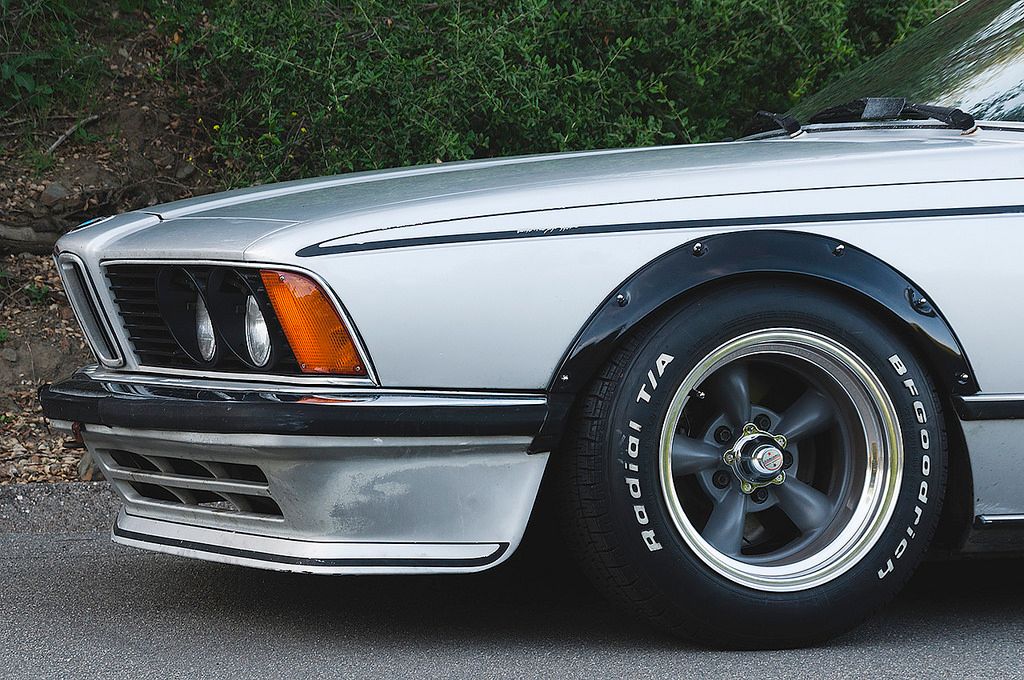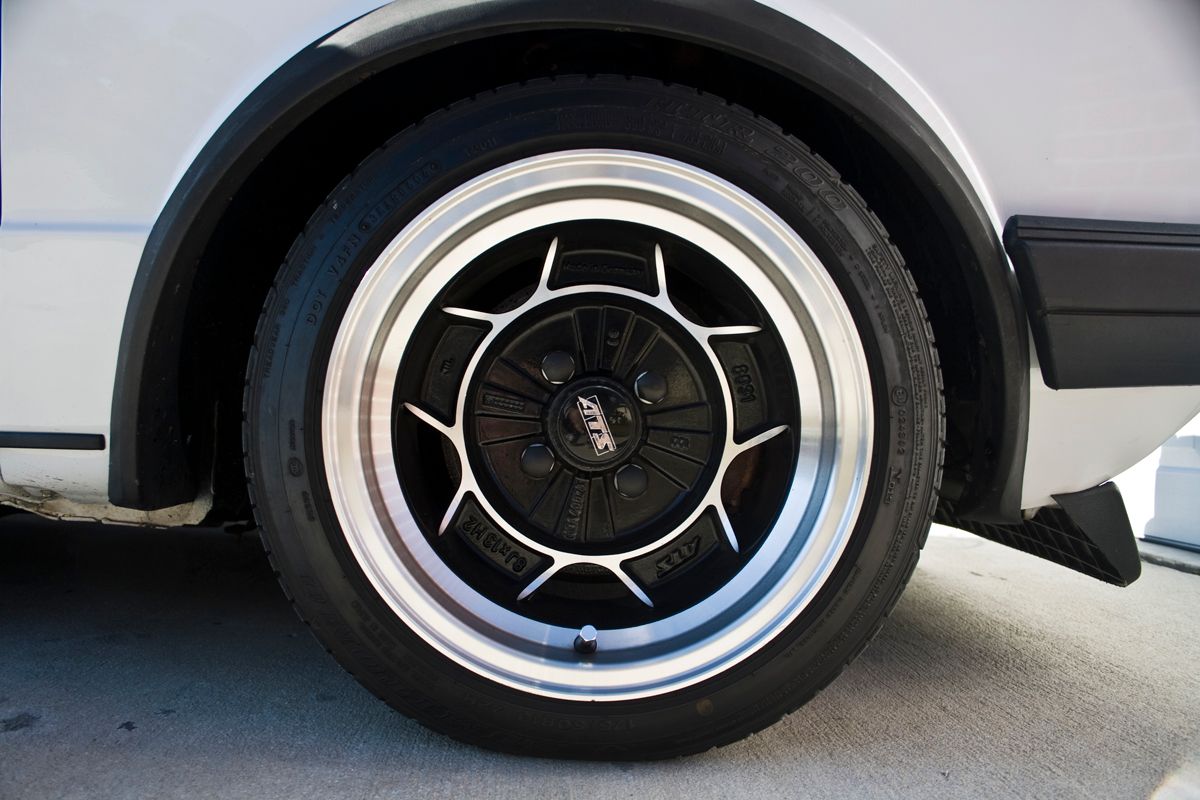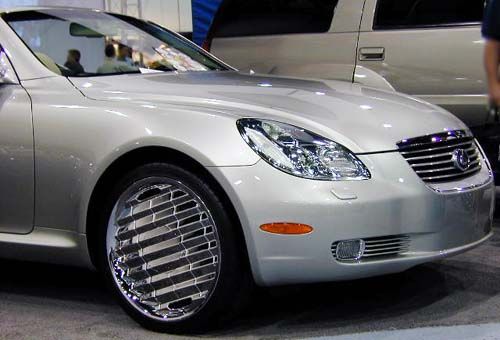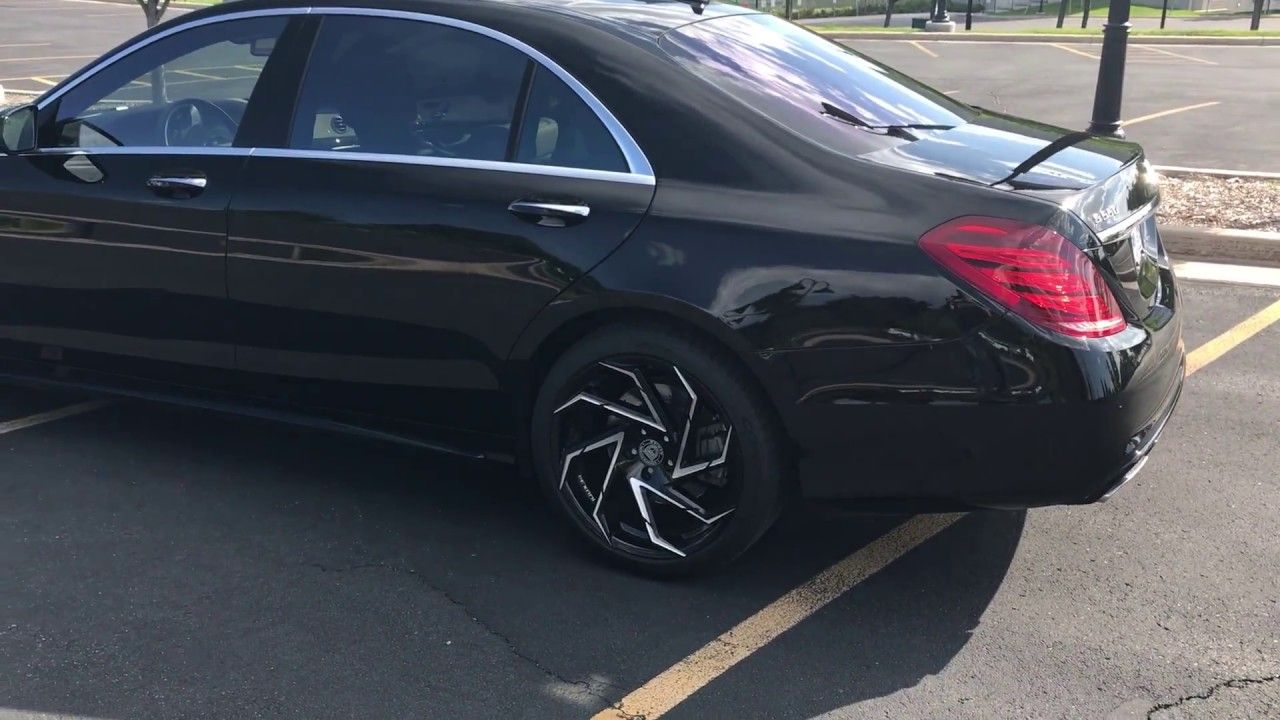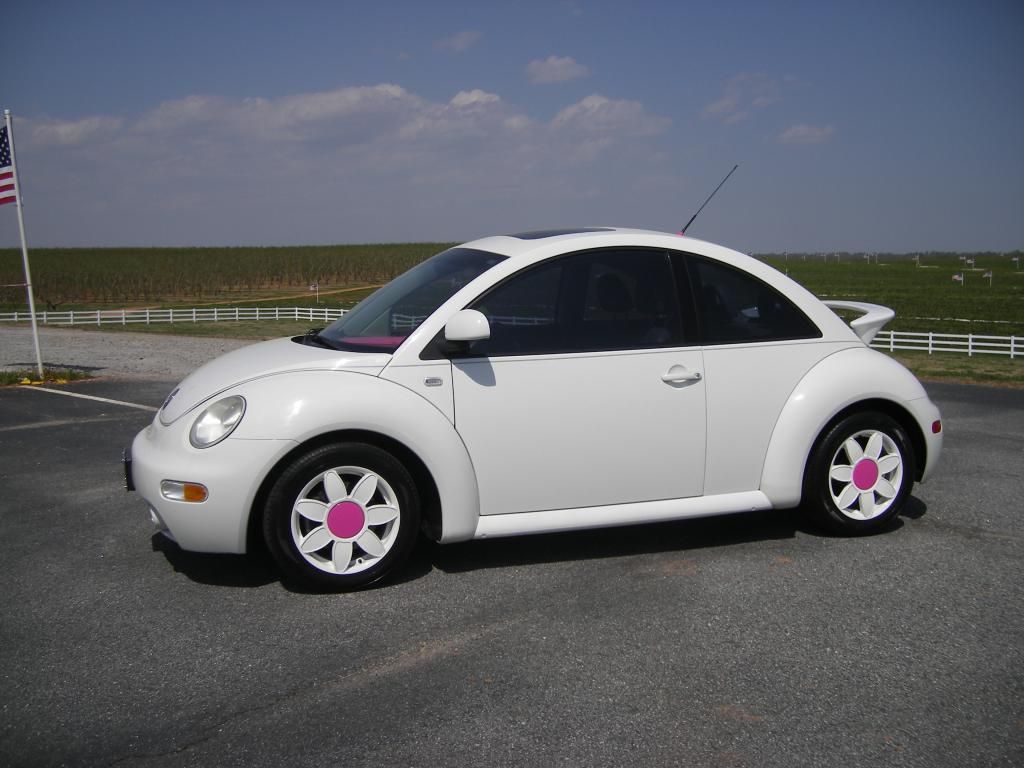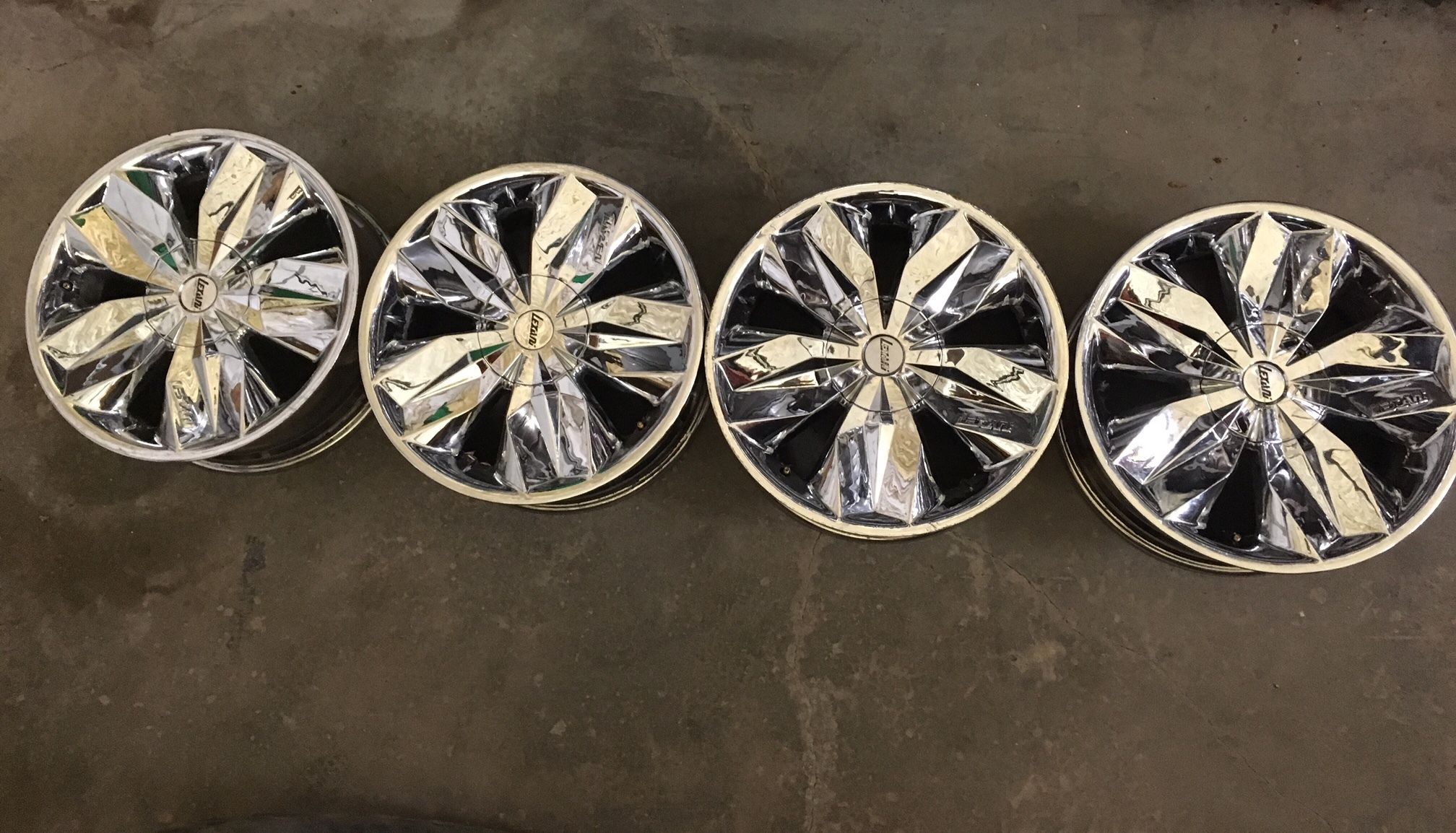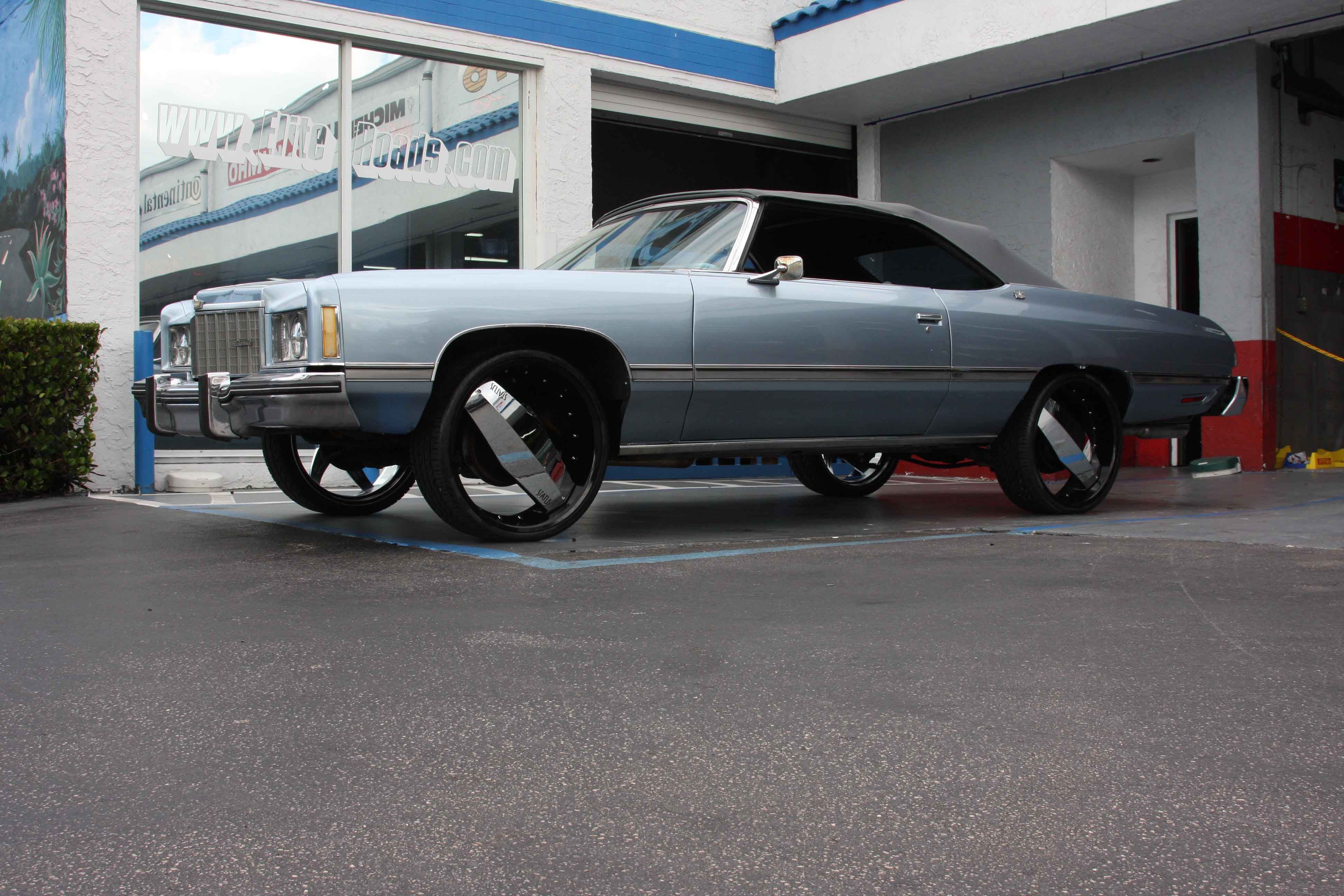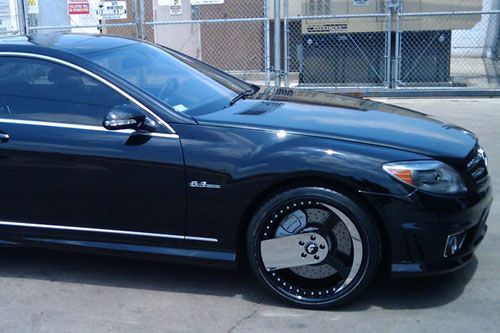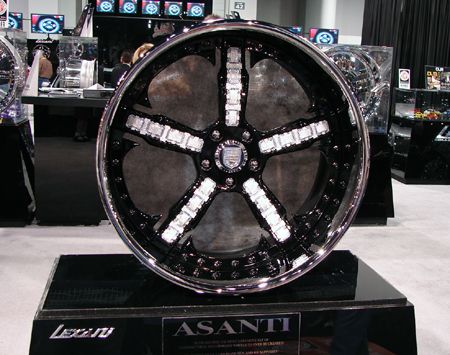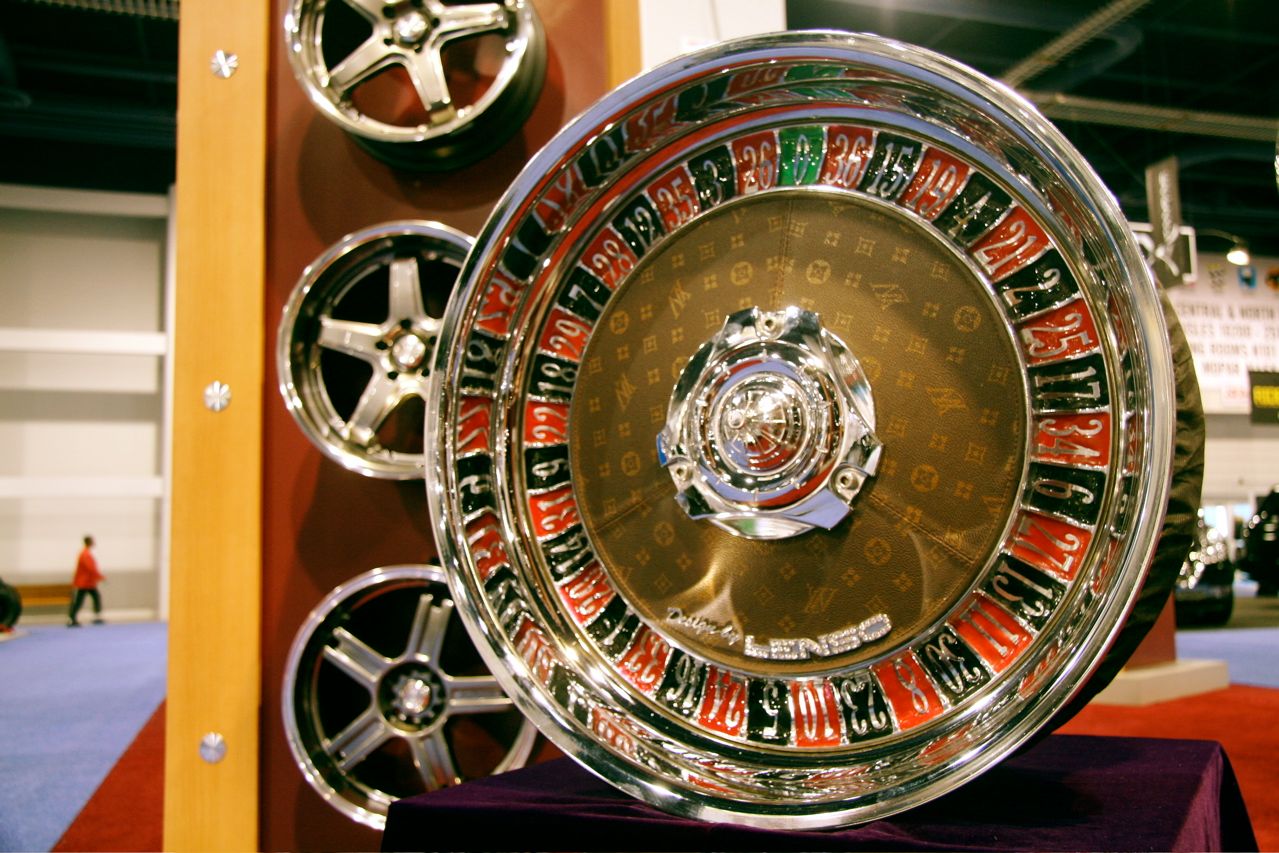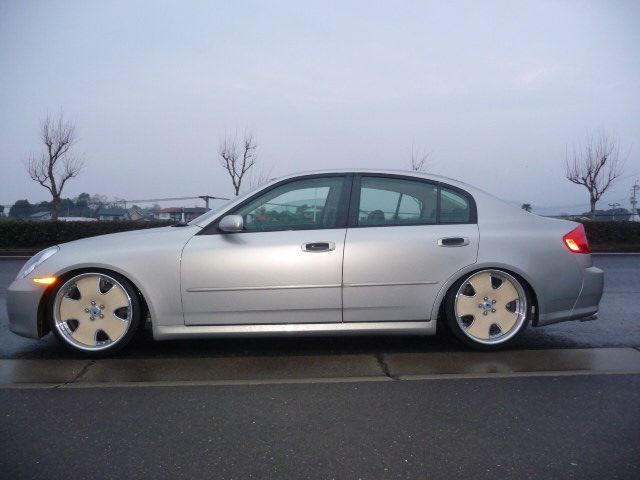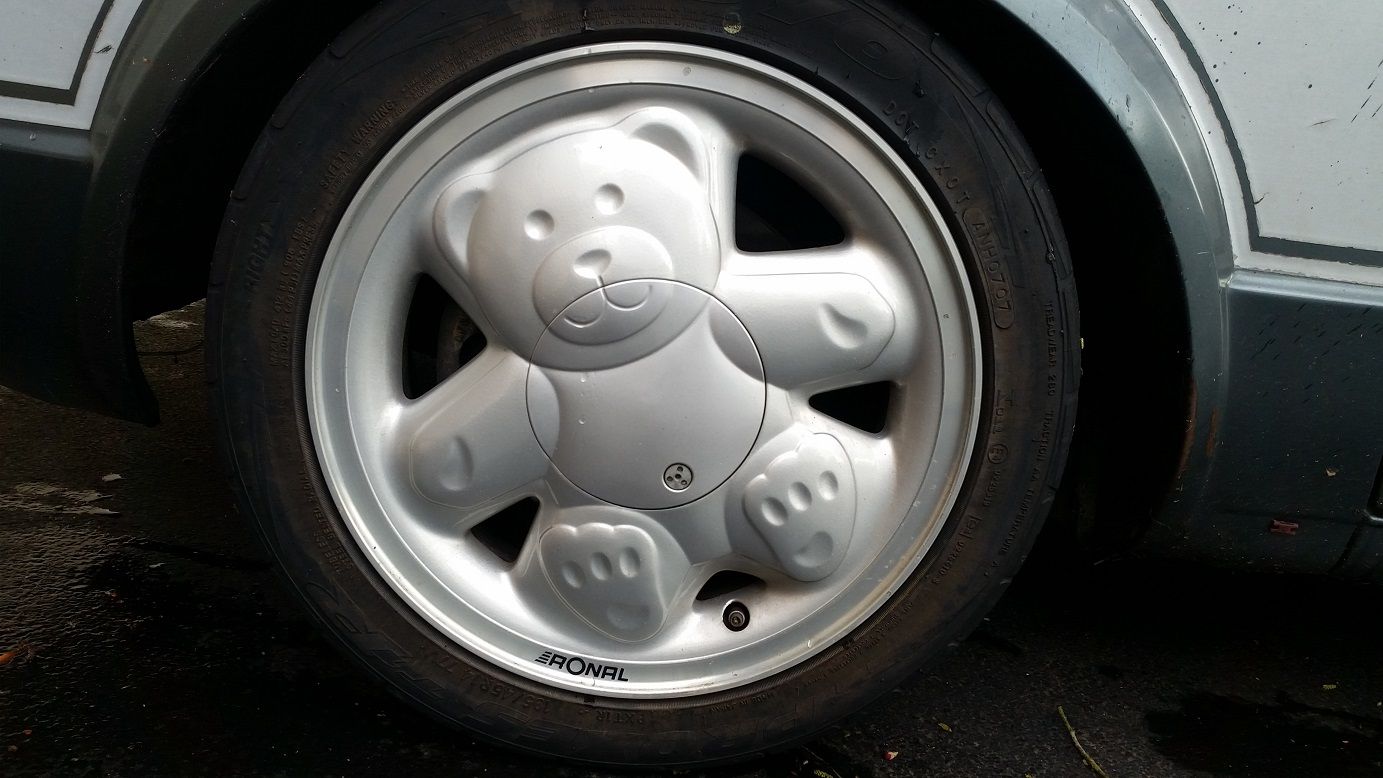If you’re in the business of trying to anthropomorphize cars, I think that a car’s rims are a bit like people’s shoes. Think about it: you wouldn’t wear cross trainers with a pair of nice slacks, or a pair of nice loafers to the beach, or sandals with socks in any conceivable situation.
In much the same way, wheels can project the exact image you’re trying to convey with your ride, from track rat to high dollar cruiser, to drag strip refugee and off-road conqueror. In essence, a car’s shoes can make or break its aesthetic appeal.
In this day and age, there options for anyone and everyone. Fans of gold plating have always had a place in the wheel market, but now you can even get wheels that represent, say, your love of teddy bears. Whether that's a good idea or not is another story.
That might be why the aftermarket wheel scene is just so enormous: car culture is about as far from a monolithic entity as you can get, and tastes can vary tremendously even within the same scene. While I would never call myself a tastemaker in any sort of capacity, I would like to think that I have enough automotive knowledge to form a decent list of what looks good and what definitely doesn't.
Here are 10 very cool aftermarket wheels, along with 10 very lame ones.
20 Cool: Volk Racing TE37
It wouldn’t be a list of aftermarket wheels without mentioning ol’ faithful at least once. The mark of a timeless design is the ability to seamlessly adapt to a wide variety of applications, and the TE37 is a textbook example of this.
Released in 1996 to the Japanese market, Volk Racing offered a wheel that was both structurally strong thanks to its six-spoke design, yet also tremendously lightweight thanks to their one-piece forged aluminum construction.
They became immensely popular thanks to their use in racing series such as the Japanese Grand Touring Car Championship’s GT500 class. Now available in a huge and occasionally baffling collection of offsets, colors and sizes, they can be ordered to suit just about anything.
19 Cool: BBS RS
Founded in 1972, BBS is quite possibly Germany’s finest wheel maker. Their products have seen use on both competition vehicles of the highest caliber such as Michael Schumacher’s 1996 Benetton-Renault Formula 1 car, as well as high-end road cars like the legendary E30-chassis BMW M3.
The RS, released in 1983, was the first 3-piece wheel built by the company, and several car companies from around the world started offering them as a costly dealer-fit option.
In spite of their high price, they swiftly gained popularity. It's no small wonder why: the split-spoke mesh design and forged aluminum construction gave them serious motorsport bona-fide status with knowledgeable buyers and became hallmarks of the BBS brand.
18 Cool: Work Meister S1
Work is a storied Japanese wheel maker, founded in 1977, with a solid heritage of well-made, high-priced, custom-order products. One of their more celebrated offerings is the Meister S1 lineup.
The Meister S1 is an immensely tough looking wheel. It's the sort of chunky, aggressive five-spoke design that flatters everything from Toyota Supras to wide-body Porsche 911s and everything in between.
Like some other entries on this list, the Meister S1 works so well across a broad range of applications because it offers the buyer so much in the way of choice. They come in both 3-piece and 2-piece designs and have a wide spectrum of diameters, widths, and finish options that range from anodized metal to highlighter-vivid paint.
17 Cool: Work VS KF
The Work VS KF is a quintessentially 1990s Japanese wheel design. The flared five spoke design, ample room for big brake kits, and shiny chrome finish meant that they found popularity within the country’s drifting subculture. VS KFs looked right at home under the flared fenders of garishly painted Lexus SC300s and Nissan Silvias.
They came in a relatively restrictive selection of large sizes, which meant that they also looked quite good tucked into the wheel wells of big premium bruisers like the Toyota Crown and Nissan President in the so-called VIP scene. The latter aftermarket culture involves JDM luxury sedans (like the ones I mentioned previously) lowered on either coil-over or air suspension setups, often packing serious amounts of negative camber.
16 Cool: BBS Turbofans
More than any other entry on this list, BBS Turbofans owe much of their existence to the world of motorsport. Turbofan designs first saw use in the late 1970s, most famously on Porsche’s wildly winged 935 racer. Their design was guided entirely by function. By incorporating dozens of small vanes behind a smooth wheel-cover, hot air could be drawn away from heavily abused brake disks, boosting their effectiveness and lifespan.
While BBS wasn’t the only maker of turbofan wheels, they were certainly the most prominent, having left their mark on the innovative Audi 90 IMSA GTO and legendary Porsche 962 Le Mans Group C racer. While road cars might not require the same sort of heavy-duty brake cooling that necessitates the use of turbofans, it’s pretty much impossible to deny their brutal, function-driven aesthetic appeal.
15 Cool: Enkei RPF1
One of the most ubiquitous sights at grassroots racing events, the Enkei RPF1 has cemented its status as the auto-crosser’s wheel of choice. It doesn’t take a rocket scientist to figure out why; RPF1s are reasonably priced (a set of 4 can be sourced for less than $1,000) and structurally sound, especially in a domain where every saved kilogram is worth a handful of hundredths. They're also very lightweight.
The company’s website suggests a reduction of up to 20 pounds in unsprung weight.
Further reinforcing the wheels race-proven DNA is the fact that Enkei has been an official partner of the McLaren Formula 1 team, designing wheels for the apex of competitive wheel-to-wheel action. Subjectively speaking, their clean, inoffensive design means that they suit almost anything with four wheels.
14 Cool: OZ Anniversary 45
Italian wheel maker OZ was founded in 1971 in the province of Vicenza by two longtime friends with aspirations of getting into the world of motorsport. Their first product, the wittily-named “number one,” found itself tucked under the dinky wheel arches of a rally-prepped Mini Cooper.
Nearly half a century later, the company sought to celebrate its long history with a modern version of that first wheel design. The single-piece Anniversary 45 pays homage to its progenitor by lacking an actual name, along with that telephone dial design.
These are a bit more of a controversial choice. Unlike some other solid wheels, Anniversary 45s don’t suit everything; they seem optimized for cars that intentionally channel retro design cues, such as the Fiat 500.
13 Cool: Weld Alumastar
Weld is an American company based out of Kansas City, and is an erstwhile supplier for both racing teams at the professional level as well Joe Schmoes looking to spice up the look of their daily drivers. They are also extremely well known in the world of 20-foot burnouts and millisecond timing, as their Alumastars are a common sight wrapped in a thick racing slick and wedged under the rear fender of some obscenely fast Mustang or Camaro with parachutes mounted on their rear ends.
The name 'Alumastar" is a portmanteau combing the nature of its 5-spoke design with the material from which it is constructed. Forged aluminum is good in this application for the same reasons it’s good in other applications: light weight and high structural strength.
12 Cool: American Racing Torq Thrust
The Torq Thrust won't suit everything. The sharply flared spokes and thick polished rim just about scream late sixties muscle, so I doubt that they'd look especially natural parked underneath a slammed Volkswagen Jetta or track-prepped Mazda RX-7.
On the other hand, when they work, they really work. Just look at that BMW E24 in the above picture!
The combination of chunky tire sidewall and aggressive fitment creates the perfect melding of clean European sophistication and American muscle brutality. There's actual engineering backing these wheels up as well: the Torq Thrust lineup is made from either cast or forged aluminum.
11 Cool: ATS Classic
ATS is yet another brand with a strong motorsport connection. While other companies on this list such as OZ, Enkei, and BBS may have built wheels for use on Formula 1 cars, none of them can say that they owned and operated a team of their own. It wasn’t some half-baked effort payed for by an overambitious playboy either.
The ATS F1 team was founded in 1977 and fielded some pretty good drivers such as Gerhard Berger, Eliseo Salazar, and Keke Rosberg.
While they may have closed shop in 1984, the company is still around as an official partner for the DTM, Formula 3, and Formula 4 championships. Company history aside, the Classic is a distinctive design with the option of small sizes making it well to cars like vintage Volkswagen Golfs.
10 Lame: Omega Devins
If there were ever the perfect opportunity to utter the words “cursed image,” it would be right after seeing this picture. There’s no denying it leaves a lingering, spidery sensation that nonetheless lies outside of our normal perception; I’m not a particularly religious person, but I felt the need to cross myself after viewing it.
In all honesty, I fail to see the aesthetic appeal of these things. A bit of research online reveals that they are known as “blinds” due to their resemblance to cloth window coverings, but I don't really see the resemblance. I just see a total lack of design creativity. There's nothing going on here except for a rippled mirror-like surface.
9 Lame: Lexani Cyclone
Founded in California in 1996, Lexani is a high-end wheel maker that caters to minted buyers seeking a bit of extra bling for their already exclusive machines. I’m not holding anything against the company personally here. I even like some of their simpler, less fussy designs. However, the Cyclone is indicative of certain trends in the premium modified car scene that I just can’t get on with.
While the aesthetic aftermarket has never been a place known for inconspicuous consumption, it seems that more and more turning companies today are all about showing off wealth rather than organically complementing the look of a factory-built machine. The angular, sharp-edged design of the Cyclone definitely doesn’t suit any car on the market today, especially not the sweeping curves of the unfortunate Mercedes-Benz S-Class in the above picture.
8 Lame: Sport Edition Daisy
Like the OZ Anniversary 45 on the best-of list, Sport Edition Daisies only really work on a specific type of car. Unlike the Anniversary 45, that particular application is only marginally less terror-inducing than others. Of course, I’m talking about the Volkswagen New Beetle rolling on flower dubs.
While this was once considered to be the height of kitschy cool, the modern consensus is that it’s just kitschy.
Indeed, the whole endeavor just leaves me with a sense of profound sadness. We come into this world so filled with bushy-tailed idealism and optimism, only to have those traits ground down by life to the point where something as harmless as a retro-styled automobile on cutesy wheels fills us with revulsion.
7 Lame: Lexani Krystal
Alright, existential crisis over. Let’s get back to this list in nauseating style. Again, I should probably mention that I’m not looking to pick a fight with Lexani. I think some of their products are actually alright. However, I can’t include the Krystal in that list in good conscience.
Remember everything about the new millennium’s worst tuning habits? Overdone paint jobs, ill-fitting bodykits, neon under-glow systems and oversized shiny rims reigned supreme. The Krystal represented the epitome of that final sin, as the fractal sort-of 5-spoke layout just looked gaudy and overdone.
6 Lame: Status Grinder
I can’t really determine the inspiration for the design of the unfortunately-named Status Grinder. I suppose one could assume that it’s a bit like a Rorschach Test. For instance, I see an early script of Blade Runner, in which Harrison Ford drives mud-splattered Chrysler 300 rolling on monstrously oversized 1-spoke wheels instead of flying cars.
For reasons that are outside the scope of my understanding, I get strong discount sci-fi vibes from these things. Others might see Robocop’s visor rendered in shiny chrome, or a medieval knight’s shield that’s been creased at its center. We just see something that is probably best left in the memory of the distant past.
5 Lame: Forgiato Parlaro
The Parlaro is yet another futuristic movie prop that found its way under the shapely fenders of a high-end car, in this case what looks to be a Porsche 911. The Parlaro is perhaps an even more egregious breach of design convention. It features an almost asymmetrical layout with a single brushed metal spar spanning the radius of the wheel and "complemented" by a crescent moon shape in the same finish on the wheel’s opposite end.
Compared to some other wheels on this worst-of list, the Parlaro has a price that looks like an absolute bargain: it's just over $5,000 for a set of 4. I suppose I can’t insult its apparent build quality either. Forgiato’s website declares that all its wheels “combine exceptional durability with light weight” by using forged aluminum in their construction.
4 Lame: Asanti AFS 103
The fact that I’ve yet to find a single picture of a set of Asanti Diamonds actually mounted on a car tells you everything you need to know. Essentially intended as a vulgar display of obscene wealth, each AFS 103 wheel features 6,500 diamonds and 300 rubies. The cost? $2 million for a set of four.
Aside from a Bugatti Chiron, which features rigorously tested wheels that are designed to cope with the immense mechanical stresses of traveling at 261 MPH, good luck finding a modern car that’s worth more than the wheels it could potentially sit on. I say modern because sticking these abominations on something like a McLaren F1 or a Ferrari 250 GTO would be tantamount to heresy, and would probably cause you to be instantly incinerated by a lightning bolt.
3 Lame: Lenso Roulette
Yet another wheel that seems to lack pictures of it being put to its intended use, the Lenso Roulette is another overpriced vanity item that partially manages to redeem itself by having intrinsic comedic value.
It was revealed to the world during the 2007 Las Vegas SEMA (Specialty Equipment Market Association) Show. If you think about it, there are few more appropriate places to display something like this. Las Vegas is a confusing orgy of flashing neon lights, casinos and insane amounts of money, so it would make sense to make something that incorporates all those elements into a single item you can hold.
The Roulette wheel (ha!) features the Lenso company logo done up in rhinestones, while the center section is covered in Louis Vuitton leather.
2 Lame: Asanti AF111
Yet another display of conspicuous consumption, Asanti's AF111 series took things much farther than its wide 5-spoke design would imply. If you look a little closer at the surface of the wheel, you'll find that it looks slightly dappled, almost organic. Have you made any guesses as to why yet? Well, if your first guess was that the company had upholstered a set of rims in ostrich leather, then I applaud your astounding observational skills and total lack of sanity.
If other high end wheels are beluga caviar, then the AF111 is beluga caviar dipped in molten 24 karat gold.
Driving around with these things on your car will probably earn you shade from all walks of life, but most of all you my find your car covered in red paint if a certain animal rights group catches a glimpse of them.
1 Lame: Ronal Bear
Ronal isn't exactly the first company you'd think of when observing a wheel whose surface is meant to emulate that of a happy teddy bear. Yet the same wheel maker best known for designing the famous 1983 turbofan-design wheel (given the obvious model name of 'Turbo") was also behind what is probably the funniest aftermarket wheel ever designed.
For reasons still unknown to mankind, Ronal decided that the world was troubled and needed one thing above all others: teddy bear alloy wheels would solve world hunger, knock down the Berlin wall, and disarm all nuclear weapons. Maybe I'm being overly cynical. Perhaps the world does need more animal-shaped alloy wheels. Is it too much to ask for a cooler animal, though? At least give us the option of a horse or something.
Sources: wikipedia.org, savethewheels.org, dubmagazine.com

